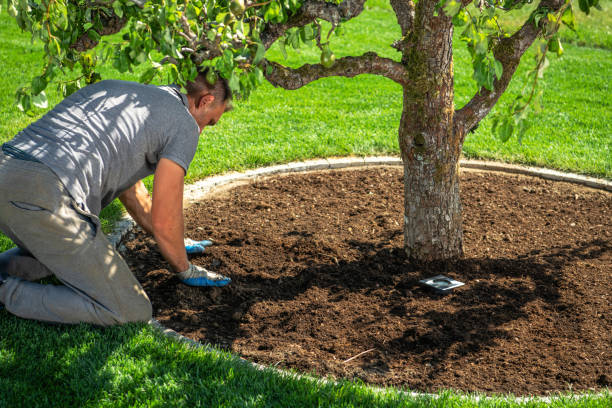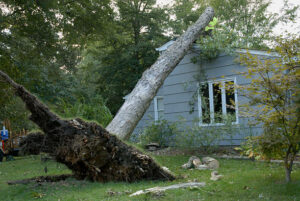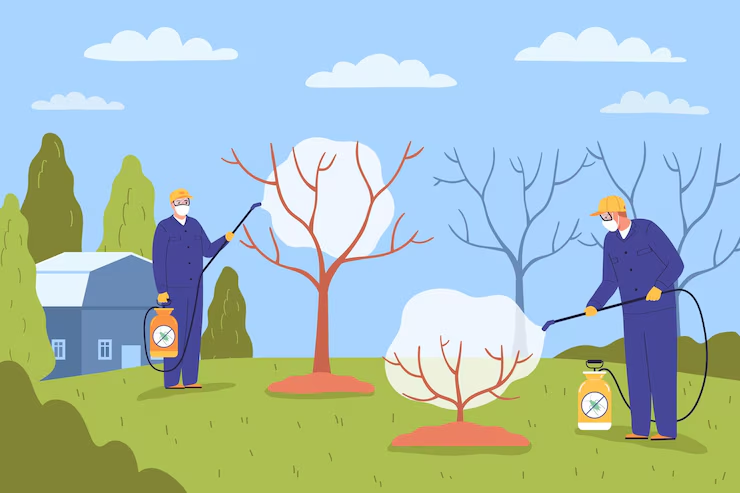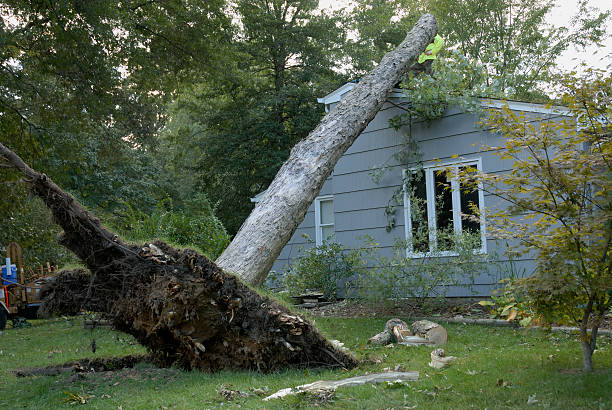Common Tree Diseases in Fort Worth & How to Prevent Them
Trees in Fort Worth battle the scorching summers, sudden freezes, and wild humidity swings. That combo makes them prime targets for diseases. But with the right care, you can keep your trees thriving. Let’s dive into the most common tree diseases in the area and how to prevent them.
1. Oak Wilt
Cause:
Oak Wilt is caused by the Bretziella fagacearum fungus, spread by sap-feeding beetles and through root grafts.
Symptoms:
- Leaves wilting and turning brown from the top down
- Sudden leaf drop, even in summer
- Dark streaks under the bark
Prevention:
- Avoid pruning oak trees from February to June (peak beetle activity).
- Sanitize pruning tools between cuts.
- Paint fresh wounds on oaks with pruning sealant to block infection.
- Remove infected trees to prevent spread.
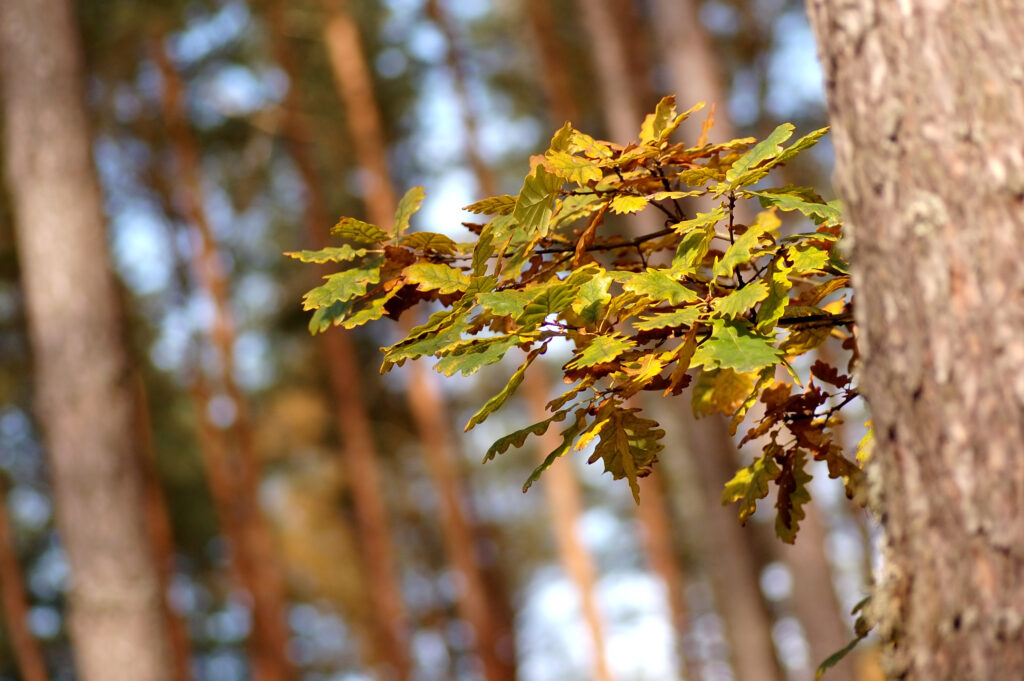
2. Hypoxylon Canker
Cause:
A fungal disease (Hypoxylon atropunctatum) that preys on stressed or weakened trees.
Symptoms:
- Bark peeling, exposing gray or brown fungal patches
- Branch dieback and canopy thinning
- Wood becoming dry and brittle
Prevention:
- Keep trees stress-free with proper watering and soil care.
- Protect trunks from lawnmower and weed trimmer damage.
- Remove severely infected trees to stop spore spread.
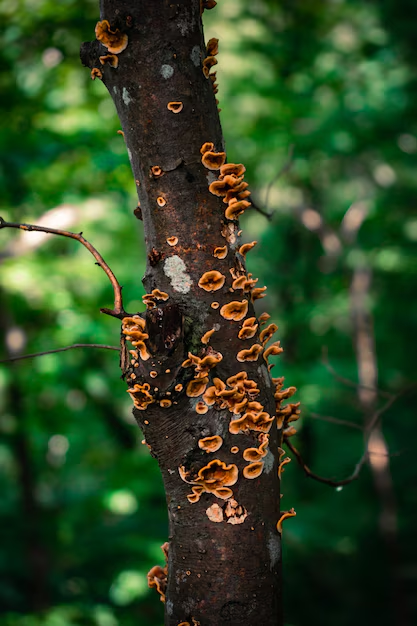
3. Bacterial Leaf Scorch
Cause:
A bacterial infection (Xylella fastidiosa) spread by insects like leafhoppers.
Symptoms:
- Brown leaf edges with a yellow border (scorched look)
- Premature leaf drop
- Tree health slowly declining over time
Prevention:
- Deep watering during droughts
- Mulching to retain soil moisture
- Insect control to reduce disease carriers

4. Anthracnose
Cause:
A fungal disease that thrives in cool, wet conditions.
Symptoms:
- Brown patches on leaves
- Twigs and small branches dying back
- Defoliation during rainy springs
Prevention:
- Prune overcrowded branches to improve air circulation.
- Rake up and dispose of fallen leaves to eliminate fungal spores.
- Apply fungicide in early spring if trees are at risk.
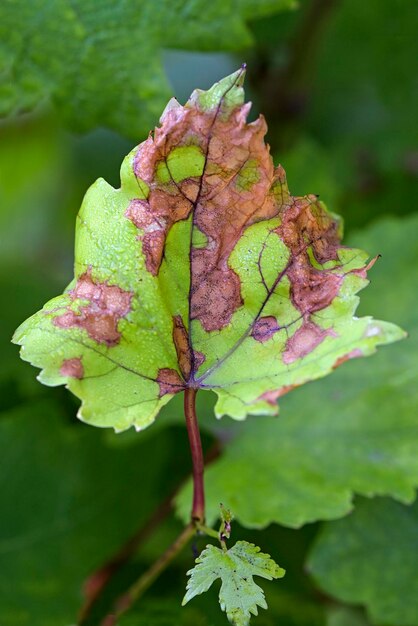
5. Root Rot (Phytophthora & Ganoderma)
Cause:
Soil-borne fungi attacking roots, usually in poorly drained soil.
Symptoms:
- Yellowing, wilting leaves
- Stunted growth or sudden tree collapse
- Mushroom-like fungal growths near the base
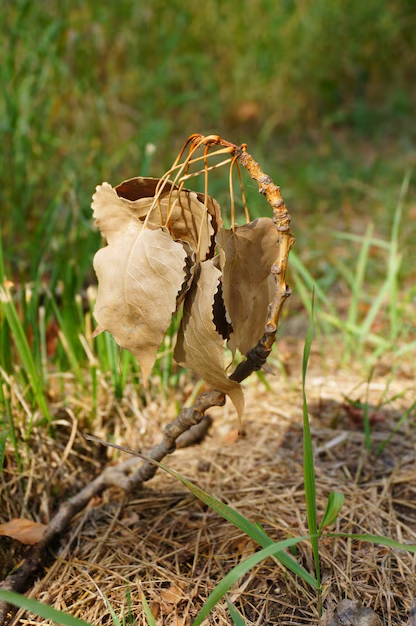
Prevention:
- Improve soil drainage to prevent excess moisture.
- Avoid overwatering trees.
- Remove infected trees to stop further spread.
How to Protect Your Trees from Disease
- Regular Inspections – Check for symptoms every season.
- Prune Properly – Remove dead or diseased branches for better airflow.
- Maintain Soil Health – Use mulch to improve moisture retention and nutrients.
- Fertilize Smart – Strengthen tree immunity with the right nutrients.
- Call the Pros – Get an arborist’s advice for disease prevention or treatment.
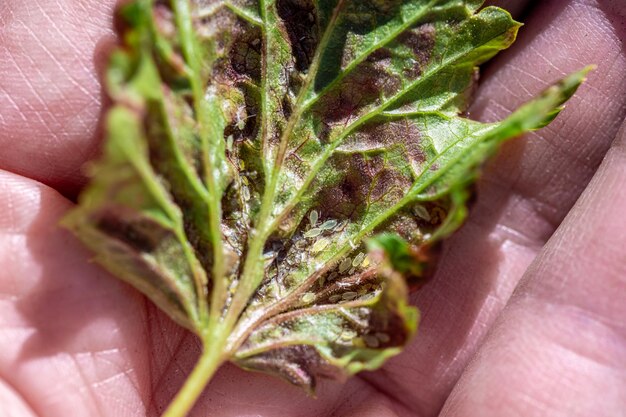
Best Native Trees for Fort Worth Yards
Not all trees are created equal. Some naturally resist disease and require minimal care. Here are the best native trees for Fort Worth:
- Cedar Elm – Tough, pest-resistant, easy to maintain.
- Texas Red Oak – Gorgeous fall color, storm-hardy.
- Chinquapin Oak – Slow-growing but incredibly strong.
- Mexican Plum – Ideal for small yards.
- Eastern Redbud – Stunning pink blossoms in spring.
- Bald Cypress – Handles wet conditions like a champ.
- Desert Willow – Thrives in heat and blooms beautifully.
👉 Want professional advice? Check out our tree planting services in Fort Worth.
How to Choose the Right Tree for Your Yard
- Size matters – Don’t plant big trees in tight spaces. Mexican Plum is perfect for small yards.
- Sun or shade? – Know your yard’s exposure. Desert Willow loves full sun, while Redbud thrives in partial shade.
- Soil check – If your soil is heavy clay, go with Bald Cypress or Cedar Elm.
- Water tolerance – Low spots that flood? Bald Cypress is your best bet.

Mistakes to Avoid
- Planting non-native trees that can’t handle Texas heat.
- Overwatering – These aren’t tropical palms.
- Ignoring root systems – Keep trees away from your foundation.
- Forgetting pest and disease risks – Learn about local threats before planting.
👉 Need guidance? Get expert help with tree planting services in Fort Worth.
Why Native Trees Matter
- Fewer pesticides – No chemicals leaching into rivers.
- Wildlife homes – Native trees support birds, bees, and squirrels.
- Cleaner air – They absorb pollutants.
- Less water waste – Drought-hardy species save gallons.
Learn more from trusted sources like Arbor Day Foundation – Tree Guide and the US Forest Service.
Why Regular Tree Trimming is Essential in Fort Worth to avoid the most common tree diseases in Fort Worth?
In Fort Worth, trees add beauty, shade, and value to properties. However, without regular trimming, trees can become overgrown, weak, or even hazardous. Proper pruning ensures healthy growth, prevents storm damage, and enhances curb appeal. Our expert arborists at Trophy Tree Co. use professional techniques to maintain the health and longevity of your trees.
How Tree Trimming Prevents Storm Damage?
Fort Worth is no stranger to strong winds and storms. Overgrown branches can snap easily, causing property damage or safety hazards. By keeping your trees properly pruned, you reduce the risk of falling limbs and costly repairs. Contact Trophy Tree Co. to prepare your trees for Texas weather!
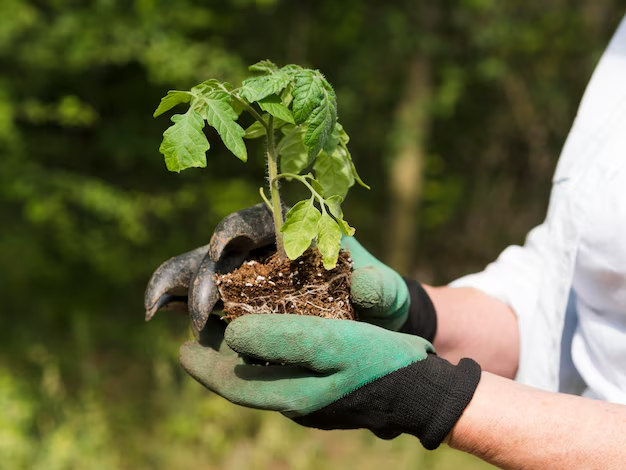
Signs Your Tree Needs Trimming
Not sure if your tree needs a trim? Look out for these signs:
-
Overgrown branches reaching too close to power lines or structures
-
Dead or broken limbs that could fall unexpectedly
-
Unbalanced growth making the tree lean or appear unstable
-
Thick canopies preventing sunlight from reaching the lower branches
If you notice any of these, it’s time to schedule a professional tree trimming service.
The Importance of Regular Tree Trimming in Fort Worth
Trees are a vital part of any landscape, providing shade, beauty, and environmental benefits. However, without proper maintenance, they can become overgrown, weak, or hazardous. Regular tree trimming is crucial to ensure their health, enhance safety, and improve the overall aesthetics of your property. In Fort Worth, where storms and high winds are common, proper tree care is essential to prevent damage and maintain a safe environment.
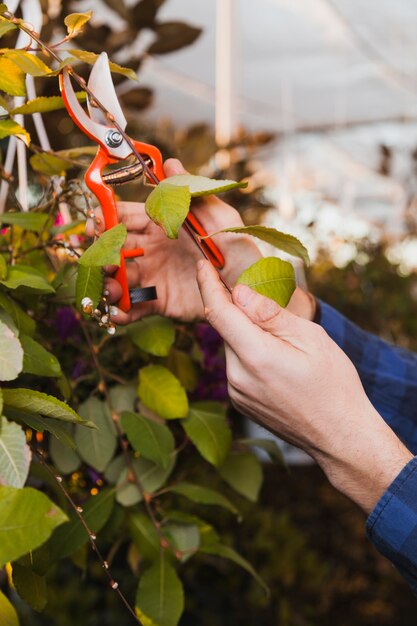
Benefits of Regular Tree Trimming
1. Promotes Tree Health
Trimming helps remove dead, diseased, or weak branches, allowing the tree to allocate nutrients to healthy growth. By eliminating infected areas, you can prevent the spread of diseases that could compromise the entire tree. Proper pruning techniques also improve air circulation and sunlight penetration, reducing the risk of fungal infections.
2. Enhances Safety
Overgrown branches can become hazardous, especially during storms or high winds. Weak limbs may break off, posing a risk to people, vehicles, and structures nearby. Regular trimming ensures that trees remain structurally sound and reduces the chances of unexpected limb failures.
3. Prevents Property Damage
Trees growing too close to buildings, power lines, or other structures can cause costly damage. Branches that overhang rooftops may drop leaves and debris into gutters, leading to clogs and water damage. Trimming keeps trees at a safe distance and prevents expensive repairs.
4. Encourages Stronger Growth
Pruning stimulates new growth by removing weak or unnecessary branches. This process allows trees to develop a stronger structure and grow in a balanced manner. A well-maintained tree is more resilient against environmental stressors and has a longer lifespan.
5. Boosts Curb Appeal
Neatly trimmed trees enhance the appearance of any property. Whether you’re a homeowner looking to maintain a beautiful yard or a business owner aiming to create an inviting landscape, proper tree care can significantly improve curb appeal and increase property value.
Signs Your Tree Needs Trimming
Not sure if your tree needs a trim? Look for these indicators:
- Overgrown branches extending too close to buildings, power lines, or driveways
- Dead or broken limbs that could fall unexpectedly
- Excessive canopy density blocking sunlight from reaching lower branches
- Uneven growth causing the tree to lean or appear unbalanced
- Branches touching or rubbing together, leading to damage and disease spread
If you notice any of these signs, it’s time to schedule a professional tree trimming service.
When is the Best Time to Trim Trees?
The ideal time for tree trimming depends on the species and its growth cycle. However, general guidelines include:
- Winter (Dormant Season): Most trees benefit from trimming during the dormant season, as it promotes strong spring growth.
- Spring/Summer: Light pruning can be done to remove dead or damaged branches, but major cuts should be avoided to prevent stress.
- After Storms: If a storm has caused broken limbs or damage, immediate trimming may be necessary to ensure safety.
Why Choose Trophy Tree Co. for Tree Trimming in Fort Worth?
At Trophy Tree Co., we specialize in professional tree trimming services designed to maintain the health and beauty of your trees. Our experienced arborists use industry-leading techniques to ensure precision, safety, and long-term benefits for your landscape.
Our Services Include:
- Tree trimming & pruning for residential and commercial properties
- Storm damage prevention by removing hazardous branches
- Disease & pest control through expert assessment and treatment
- Emergency tree services for immediate risk removal
Schedule Your Tree Trimming Service Today!
Don’t wait until overgrown trees become a problem. Regular maintenance ensures a safe and attractive property while promoting long-term tree health. Contact Trophy Tree Co. today for a free estimate and expert tree care in Fort Worth.
📞 Call Us Now: 1(469)-342-0427
🌍 Visit Our Website: https://trophytreeco.com/
FAQs
Q: How do I care for native trees in Fort Worth?
A: Water deeply in the first year, prune in winter, and let nature handle the rest.
Q: What trees survive Texas heat best?
A: Desert Willow, Cedar Elm, and Texas Red Oak are top choices.
Q: Do native trees resist pests naturally?
A: Yes, they’ve evolved to handle local pests, which means fewer headaches for you.
Q: Are native trees messy?
A: Some drop leaves or seeds, but they’re easier to maintain than non-native trees.
Q: How long do native trees live?
A: Some, like Texas Red Oaks, can live for centuries if well cared for.
Ready to Protect Your Trees?
We make tree care easy. Call Trophy Tree Co. at (817) 733-6804 or visit trophytreeco.com for expert help with tree planting, maintenance, and disease prevention.
👉 Tree removal services in Arlington
👉 Tree removal services in Keller
👉 Tree removal services in Fort Worth
👉 Emergency tree services
👉 Lot clearing services
Don’t wait until it’s too late—protect your trees today! 🌳💚

